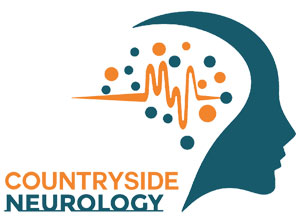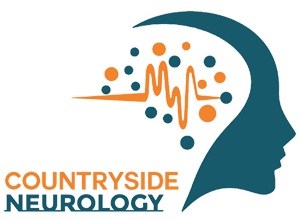A cranial nerve examination is a systematic assessment of the twelve pairs of cranial nerves that originate from the brain and control various functions of the head and neck. Here’s a general overview of how a cranial nerve exam is conducted:
1. Introduction and Explanation: The examiner will introduce themselves and explain the purpose of the exam. They’ll ensure you’re comfortable and ready to proceed.
2. Visual Inspection: The examiner will observe your face and head for any obvious abnormalities, such as asymmetry or facial drooping.
3. Olfactory Nerve (Cranial Nerve I): The olfactory nerve is responsible for your sense of smell.
- The examiner might present a familiar scent (like coffee or mint) and ask you to identify it.
4. Optic Nerve (Cranial Nerve II): The optic nerve controls vision.
- You’ll be asked to read from an eye chart or identify objects at different distances.
- The examiner might use an ophthalmoscope to examine the back of your eye.
5. Oculomotor, Trochlear, and Abducens Nerves (Cranial Nerves III, IV, and VI): These nerves control eye movement.
- You’ll be asked to follow the examiner’s finger or a pen with your eyes in various directions, assessing the coordination of eye movements.
6. Trigeminal Nerve (Cranial Nerve V): The trigeminal nerve controls facial sensation and chewing.
- The examiner will lightly touch different areas of your face with a cotton swab and ask if you can feel it.
- You’ll be asked to clench your teeth to assess jaw movement.
7. Facial Nerve (Cranial Nerve VII): The facial nerve controls facial expressions and taste.
- You’ll be asked to perform various facial movements, such as smiling, frowning, and raising your eyebrows.
- You might be given something sweet and something sour to taste.
8. Vestibulocochlear Nerve (Cranial Nerve VIII): This nerve controls hearing and balance.
- You might be asked to cover one ear and repeat whispered words or sentences.
9. Glossopharyngeal and Vagus Nerves (Cranial Nerves IX and X): These nerves control swallowing, speech, and other functions.
- You’ll be asked to say “ah” to assess the movement of the soft palate and uvula.
- Your gag reflex might be tested by gently touching the back of your throat with a swab.
10. Accessory Nerve (Cranial Nerve XI): The accessory nerve controls neck and shoulder movements.
- You’ll be asked to shrug your shoulders against resistance applied by the examiner’s hands.
11. Hypoglossal Nerve (Cranial Nerve XII): This nerve controls tongue movement.
- You’ll be asked to stick out your tongue and move it side to side.
12. Summary and Documentation: The examiner will summarize the results of the cranial nerve exam and document any findings. They’ll discuss the results with you and address any questions or concerns you may have.
Remember, this is a basic overview of a cranial nerve exam, and the specific sequence and techniques might vary depending on the examiner’s preferences and your individual situation. It’s a non-invasive assessment that helps evaluate the functioning of the cranial nerves and can provide valuable insights into neurological health.
For more info, contact Countryside Neurology today at 727-712-1567.
Sources:
ChatGPT





